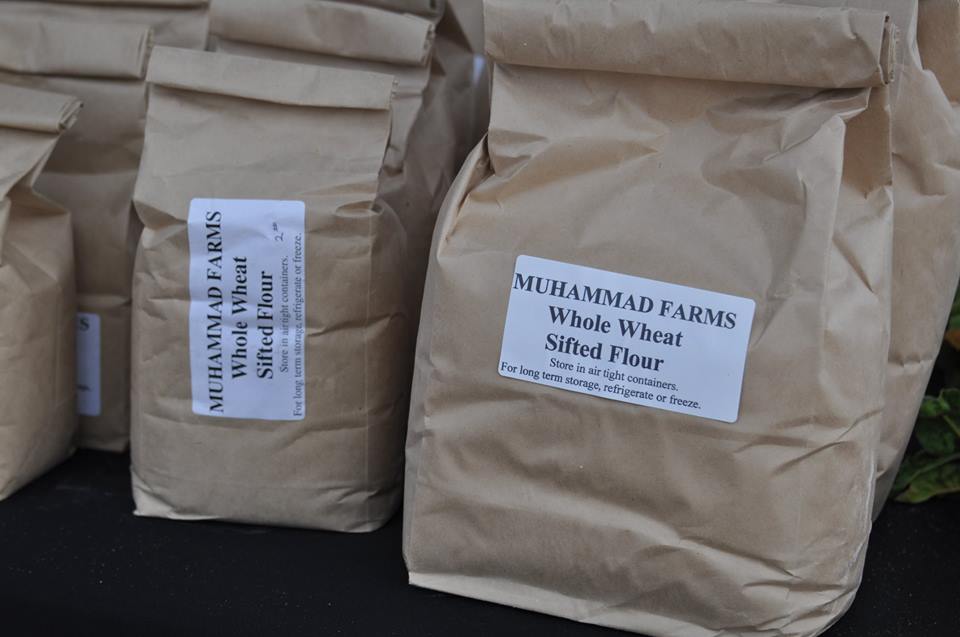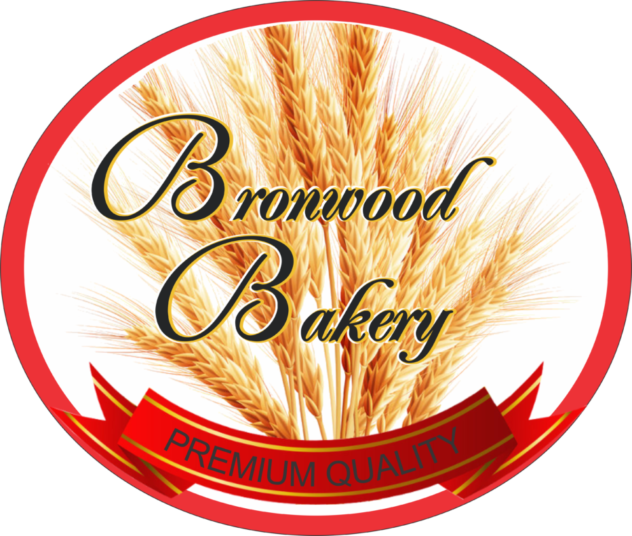
In this article I will strive to show that wheat itself may not be the cause of many problems now being associated with the consumption of wheat.
Wheat is the world’s most widely cultivated grain crop and has been grown by humans for food as we know for thousands of years and because of its’ overshadowing importance, it has become commonly known as “the staff of life.”
Although many grains have been and are now being used to make bread, in the most advanced countries, “wheat” is the common grain used because it makes lighter, better tasting bread and is more easily digested.
There are several types of wheat; hard red winter, hard red spring, soft red winter and soft red spring from which several variations have been developed.
Wheat is a cereal grass with edible kernels containing four layers. Under the inedible husk of the wheat berry is the bran, a source of fiber, vitamins and minerals. Beneath that is the germ, rich in enzymes, proteins, minerals, fat and vitamins. Inside the germ is the endosperm, the heart of the grain which contain carbohydrates. To get the most nutritional benefit and flavor from wheat as with any other grain, it should be minimally processed (unless for instance you are cooking the whole wheat berry) and this is where the problem begins.
Historically speaking, before high-speed steel roller milling was introduced as the way to grind wheat into flour, the ‘white” part of the wheat berry was very difficult to separate from the seed coat(bran) and germ. What little of the “white” part that was separated was thought to be a better part of the wheat seed because of its’ “whiteness” and therefore the grinder would set it aside for the wealthy. It baked up lighter than the whole wheat and became more appealing. If you had access to white flour it meant you were part of a select class. So today, although white flour is less nutritious than whole wheat, the old belief still holds by many who claim “white bread” is better than whole wheat. Added to this, more than a century ago, millers and bakers began doctoring flour with all kinds of things to make it more “white.” Things such as; ground lime, chalk, and even bone. According to ‘The Shaker Cook Book, Not By Bread Alone‘, in 1871 many articles appeared protesting the milling of wheat, claiming the millers were separating and discarding the “live germ of the grain,” in their effort to make flour light in color and weight and subsequently in nourishment. The Shakers even said that “what had for countless ages been the staff of life had now become but a weak crutch.”
Today, the earlier used additives are illegal, however, the FDA does allow bleaches, one being chlorine gas (deadly to humans) and benzoyl peroxide (found in acne medicine). In some European countries all forms of bleaching are illegal. These bleaches also help flour to age (oxidize) artificially which is done because flour needs to mellow and mature over several weeks. This artificial chemical cooking permanently alters the protein in the flour
causing the gluten to be tougher and destroying some of the flavor and nutrition. Other additives the FDA allow millers to add to flour are; potassium bromate to accelerate the growth of yeast and to chemically fortify (make stronger) the gluten in a dough. This also make bread rise higher when baked.
According to information in ‘The King Arthur 200th Anniversary Cookbook,’ in the early 1940’s because the use of white flour had become the flour of choice, the FDA began allowing additives to supplement the nutrients destroyed in bleaching wheat. Some of these additives are; food-grade iron, niacin (nicotinic from animals or plants), thiamin and riboflavin. These additives are needed to replace the vitamins depleted by the chemical bleaching. Additionally, since so much white flour was being consumed, it is believed that enriching it with these additives would be effective against vitamin deficient diseases such as pellagra, beriberi, rickets to name a few. When you purchase flour from the supermarket it will be labeled as “enriched” which you may think is good. The question to ask is, why does flour need to be enriched and what substances are used to enrich it?
In commercial flour milling, the bran or outer coat of the wheat berry is removed as well as the germ or seed of the wheat berry where most of the 40 or so essential vitamins are found. Therefore, to make flour nutritious after this commercial milling process, it is enriched with synthetic or man-made vitamins and minerals. Commercial wheat is processed through high-speed rollers generating heat in the process and taking out the endosperm (or heart) of the wheat berry, which in turn removes as much as 80% of the vitamins and minerals. The endosperm is then finely ground into white flour which has no bran or germ as stated in ‘Grains, A Gourmet Pantry Cookbook.’
Supermarket whole wheat bread is made from medium ground wheat to keep some coarseness in the wheat and then adding white flour to make a soft fluffy bread. However, in ‘How To Eat To Live’ by the Most Honorable Elijah Muhammad, he states “wheat should be ground very fine.”
According to ‘The Complete Book of Bread’ flour was not always bleached using chemicals. At first, flour was bleached naturally by storing and aerating (incorporating air) it. This process took from eight to twelve weeks so millers in their greed for fast profit began to bleach flour chemically to speed it through the mills and to the customers.
At Muhammad Farms in Georgia, the Honorable Minister Farrakhan invested in a commercial stone-grinding flour mill where we mill soft red wheat grown on the farm to a very fine consistency using the cold grinding process that does not heat the wheat berry, thereby maintaining the natural oils and nutrients in the grain.
Through the Nation of Islam‘s Ministry of Agriculture Staple Goods Program and our
Is Eating Wheat Bad? Page 3 buying clubs throughout the nation, we are striving to reintroduce our people to the benefits and techniques of using the whole wheat flour we produce that is not stripped of
natural nutrients and without chemical additives. When you get flour from Muhammad Farms, you should refrigerate or freeze it for long term storage.
Also, in using flour to bake bread, The Most Honorable Elijah Muhammad in his wisdom in ‘How To Eat To Live’ told us not to eat freshly baked breads, cakes and pastries. After baking, bread goes through chemical changes and sends off carbon and other gases while it cools. Bread should be allowed to ripen, getting plenty of air. Don’t wrap it or put it into a closed or covered container until it cools thoroughly. It will absorb moisture and flavors from other foods, therefore do not store it with other foods.
In my quest to learn how bread was baked prior to the introduction of commercial yeast, I remembered the method my mother used throughout my childhood which was the sour dough method. In the book, ‘The Complete Book of Breads, it credits bread baking as becoming a skilled craft more then 5000 years ago to the Egyptians and Mesopotamians who used as a leavening agent for breads the yeast-rich foam from fermenting grapes.
As you can see from this information, it is quite possible that the natural, unadulterated whole wheat is not the problem but all the man-made and chemical additives, and the taking away of essential vitamins and nutrients from wheat along with chemical bleaching may be causing the body to reject this manufactured substance that is being called flour.
Support Muhammad’s Economic Blueprint so that from the guidance of the Honorable Minister Farrakhan using a plan first laid out by the Most Honorable Elijah Muhammad we can purchase land and build systems to sustain the health and well being of all our people.
Anne Mu’min Muhammad
Wife and Assistant to Dr. Ridgely Mu’min Muhammad
Based at Muhammad Farms in Georgia
